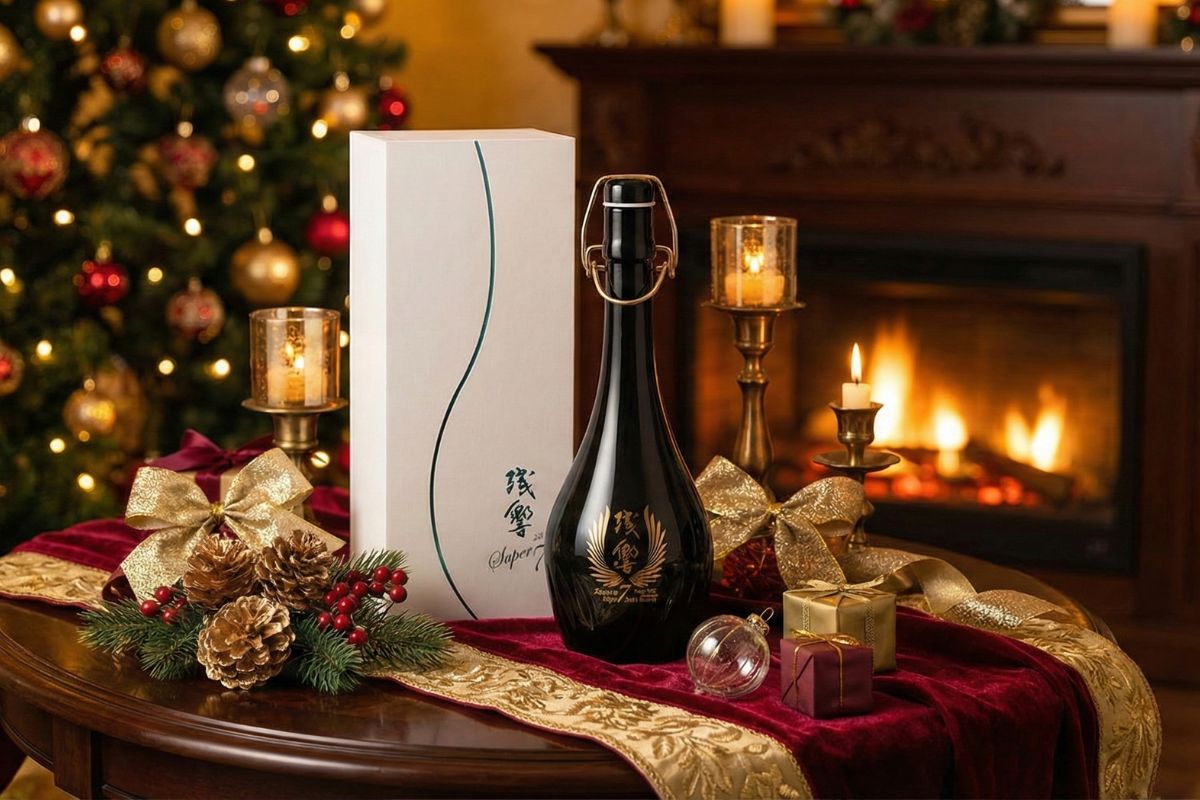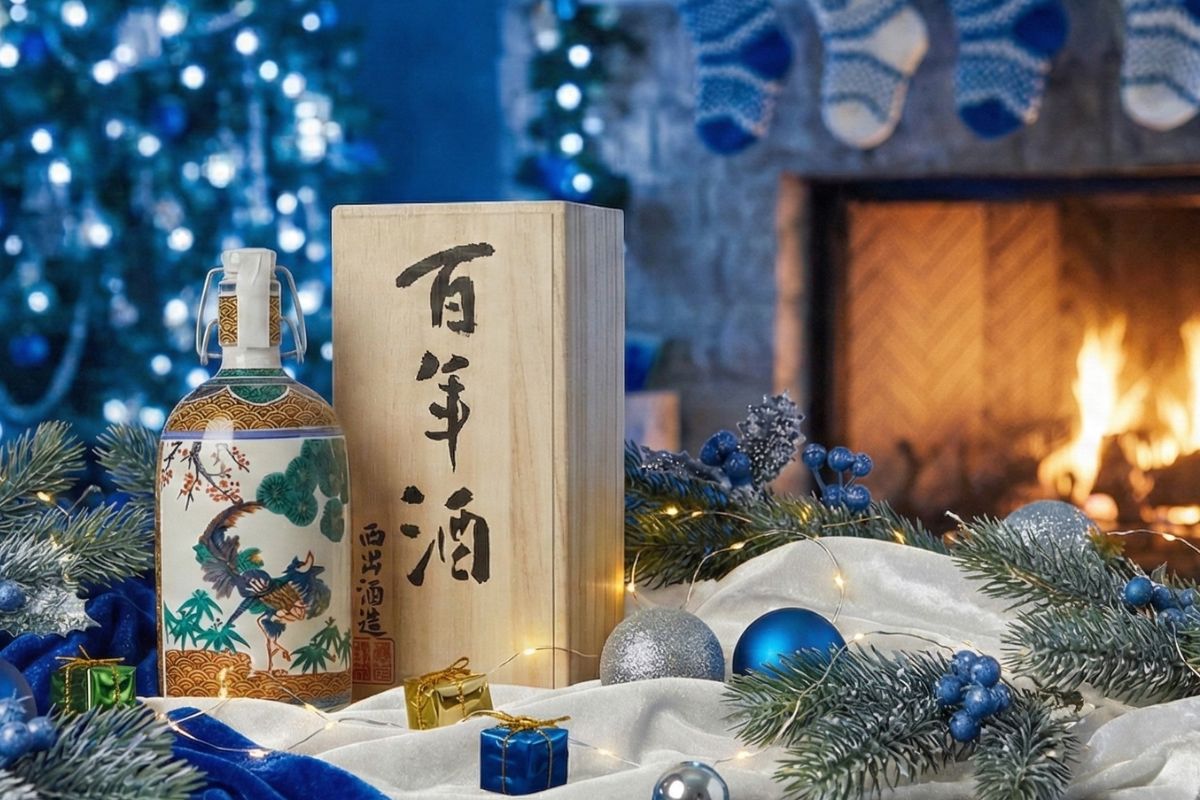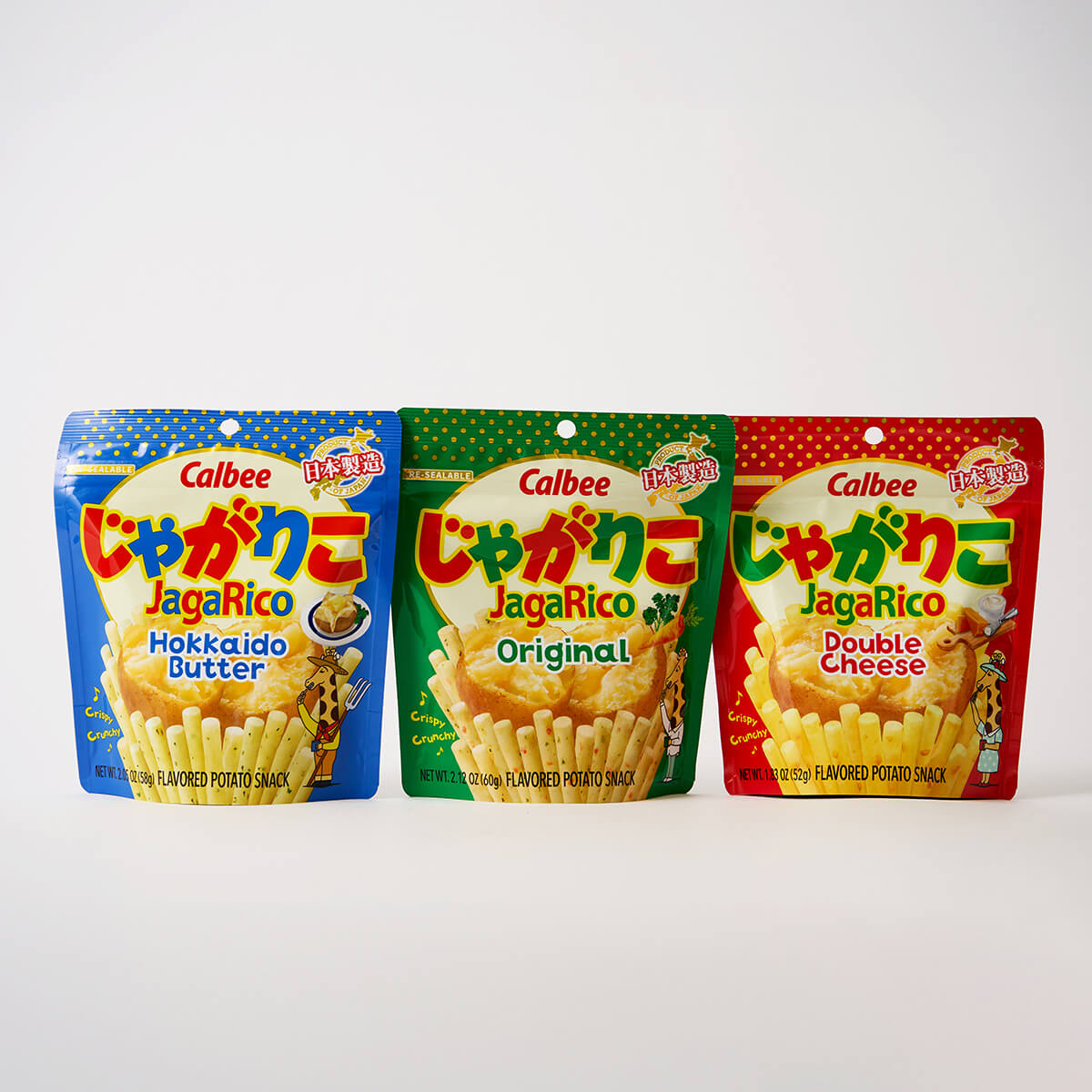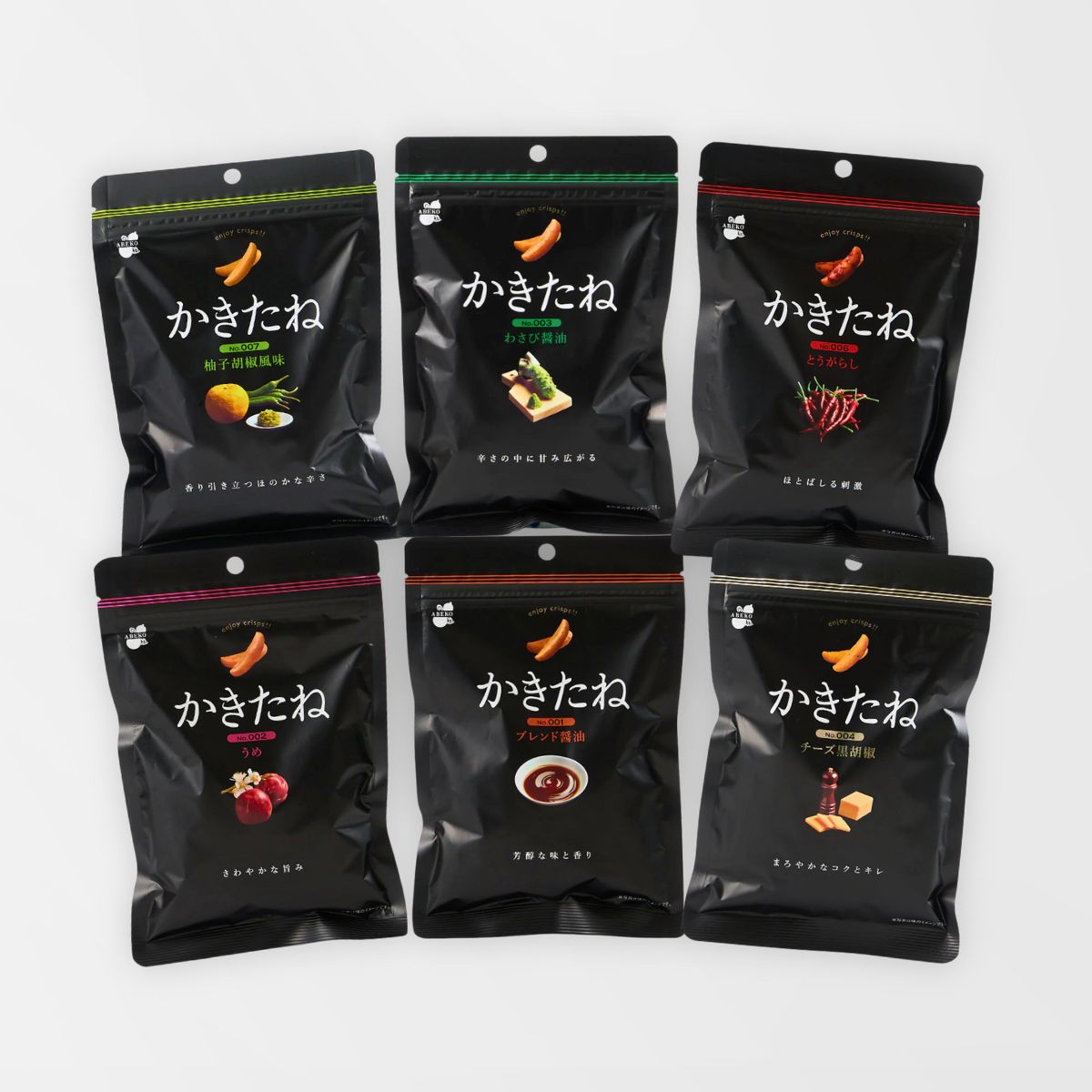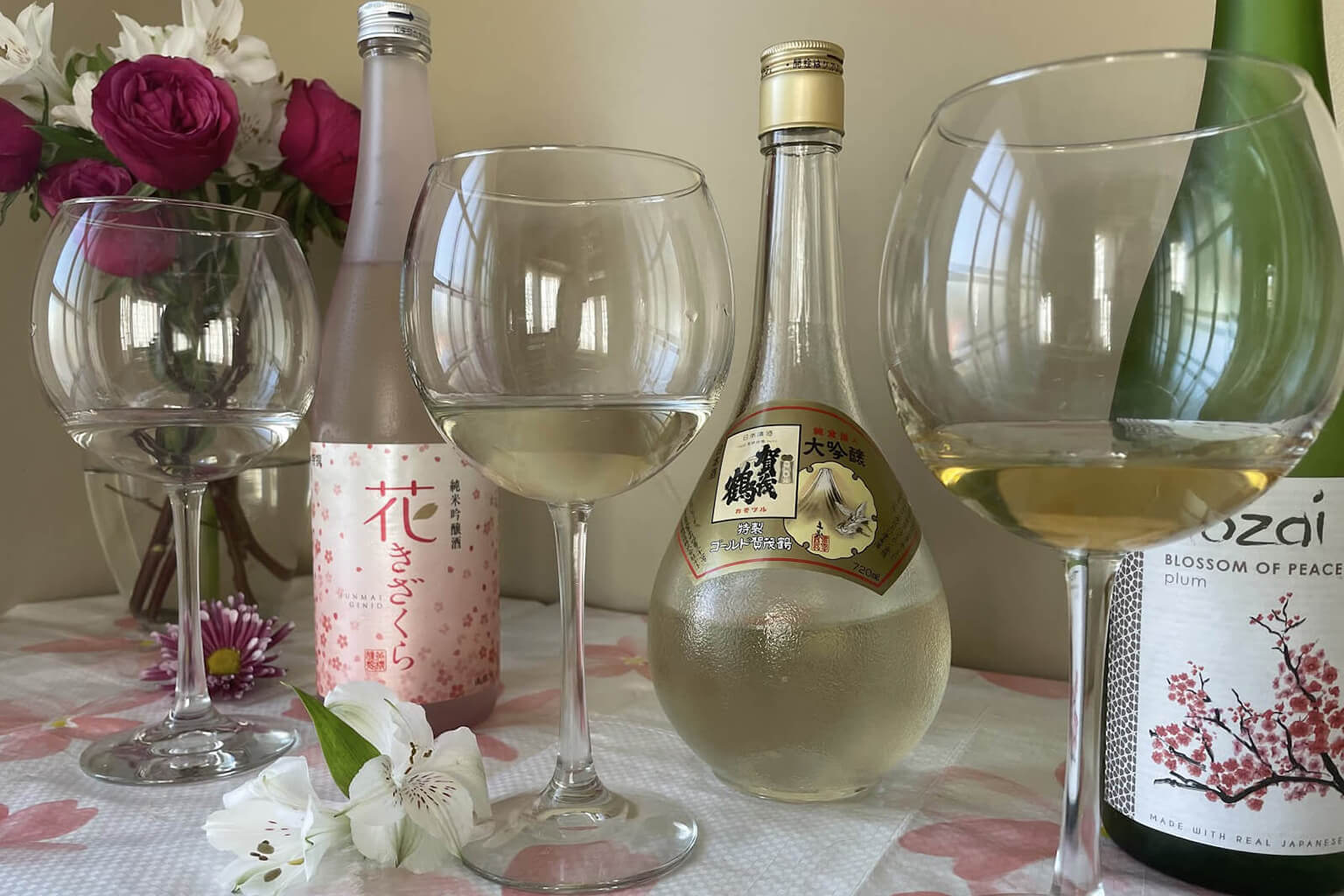Tippsy currently carries 300+ different sake. We are in the process of adding 120 more delicious selections. And I’m the lucky one on the product team tasked with tasting them for quality control.
Occasionally we have a QC (quality control) that becomes necessary. Let me walk you through an example—because our experience in investigating this issue was so invigorating and inspiring.
What prompted the QC?
A customer brought up some not so great feedback on Rihaku “Dreamy Clouds.” While everyone is entitled to their own preferences (and we love hearing about it), I do get pinged to make sure there’s nothing wrong with the product.
This customer feedback happened to coincide with me contacting the importer about the color of the lees because we received sake with lighter color lees, along with some darker colored ones. Lees are the small amount of solids that is intentionally left in nigori sake that adds the amazing texture and flavor.
I tasted the sake with the slightly darker colored lees; while I detected some alcohol aroma and shibumi (slight bitterness/astringency) which the customer wasn’t a fan of, I couldn’t determine if this type of sake was zatsumi (off-flavor).
Sometimes sake does have some ethanol aroma, which does not indicate a faulty product, and sake often has slight shibumi. I needed to assess if these qualities were intentional or not so I turned to Monica Samuels, VP of Sake and Spirits at Vine Connections, who knows the product intimately.
First round of inquiry
Monica first mentioned that the maker started to incorporate UV treatment to the Rihaku “Dreamy Clouds” bottles, which is new, and said she’ll investigate the color and taste on her end and get back to us. She then talked to Yuichiro Tanaka, the fifth generation owner of Rihaku Brewing Company overnight to confirm her assumptions, and explained the following:
- Rihaku “Dreamy Clouds” uses locally grown Gohyakumangoku sake rice, and they noticed that the different rate at which the rice melts in each batch is affecting the different rate of discoloration.
- They are adamant about using very minimal charcoal filtering. Charcoal filtering may turn the lees closer to snow white, but it would also strip it of flavor.
- They are currently conducting experiments on how to make the product more stable without increasing the amount of charcoal filtration, which would be implemented in the upcoming batches.
- Monica shared her tasting notes of Rihaku “Dreamy Clouds” which confirmed that the shibumi I tasted which can be lemon zest-like is perfectly normal.
The explanation of where the color comes from helped me understand the brewery and maker’s stance, but we still preferred to carry the product with the lighter color lees given the choice. We arranged to exchange the four bottles for another delivery, expecting bottles with the lighter color lees to arrive.
Second round with maker, importer and distributor!
However, the next delivery came to us all with the darker colored lees. This time, I contacted the California-based distributor, Director of Sake at RNDC Tamiko Ishidate. I explained to her that Monica already looked into the issue for me, but Tamiko felt it was worth looking into more and the two of them quickly discussed the matter. I then received a Zoom invite for a Zoom meeting to chat in person.
I wasn’t sure where this investigation was going to go. Was I asking too much of these industry heavyweights? Have I mentioned how much I’ve idolized Monica Samuels in the sake world, and how intimidated I was with Tamiko Ishidate back when I worked for a tiny craft sake brewery in Seattle?
To my surprise and delight, the Zoom invite also included Rihaku Brewing Company owner Yuichiro Tanaka himself. This was a rare opportunity for us and I was secretly, and maybe not so secretly, very excited.
Zoom happens
And there I was, being connected to Yuichiro along with my two idols, Monica and Tamiko.
Here’s what we found out in our meeting:
- Shimane Prefecture supposedly has more gods than people, Yuichiro explained. (Cute!)
- They take pride in using Gohyakumangoku rice grown in Shimane Prefecture, and they pay close attention to the qualities of that year’s rice from each farm and how they affect the flavor.
- Rihaku “Dreamy Clouds” is a testament to a friendship that his late father, fourth generation owner, had with John Gauntner the American sake evangelist.
- Going to a foreign land to sell their product while sake was still mostly unknown was quite an investment of their time, money and energy but they trusted each other and the power of delicious sake to connect people.
- 20 years later, this product, which was created for the American consumer (and only seasonally sold as an unpasteurized product in Japan) is a significant part of their business.
We all intently listened to the analysis and brewing process, along with each other’s tasting notes. I understood more and more the intended flavor profile and the philosophy behind the brand Rihaku. They aim for their sake never to take away from the conversations and your food. It is to compliment your conversations, company and the moments cherished while enjoying sake.
For this purpose, it’s made to be food friendly and balanced with nuanced sweetness from the rice, hints of bright citrus notes, light and creamy mousse texture and slight shibumi to give it structure. In this case, the shibumi plays a necessary component in sake just like how tannin, alcohol and residual sugar all provide structure and backbone to wine.
What we found
As we listened to Yuichiro speak, the concern of the darker colored lees became so insignificant. I knew from tasting the product that it honestly and accurately expressed their craft. I understood that yes, the lees gain a bit of color while the rice sediments slowly melt in the bottle as it journeys from the remote Shimane Prefecture to the port in Los Angeles in refrigerated shipping containers.
Are the colored lees in their sake a defect? Absolutely not. It is a testament to their commitment to quality, and shows how much they are about providing a delicious product using carefully grown rice. Again, tasting it myself and asking other experts to share their tasting notes confirmed the intended flavor notes and helped me gain tremendous confidence to stand behind the product.
As Tippsy, our mission is to break down the barriers and bridge the communication that often gets lost between the brewers and the consumer. We achieve this with the help of many experts working behind the scenes.
If you ever have concerns with the sake you receive, please contact us. We are continually discovering that every single product is made with efforts beyond our imagination, just to make you smile. We want to see you smile, too.



